Pediatric bronchopulmonary dysplasia (BPD)
Pediatric bronchopulmonary dysplasia (bron·cho·pul·mo·nary - dys·pla·sia) or BPD is a severe lung condition affecting newborns. BPD usually affects extremely premature infants (born more than 10 weeks early) who are receiving oxygen therapy.
What is pediatric bronchopulmonary dysplasia?
BPD most often occurs in severely premature babies (those born 10 weeks or more early) on oxygen therapy. Mild, moderate or severe damage or scarring of the lungs characterizes BPD.
What are the signs and symptoms of pediatric bronchopulmonary dysplasia?
Newborns with BPD often have bluish skin color, especially around the lips and nails.
Other symptoms of BPD include:
Rapid or shallow breathing
Coughing or wheezing
Sucked-in chest or poor posture
How is pediatric bronchopulmonary dysplasia diagnosed?
Babies born severely premature often need oxygen therapy to save their lives and to prevent brain damage. Sometimes their undeveloped lungs can't take in all the air they need. When that happens, it results in a condition called respiratory distress syndrome (RDS). BPD is most often a complication resulting from RDS in which inflammation or scarring of the lungs occurs.
Tests and diagnosis
Babies who receive oxygen therapy for RDS are at risk for developing BPD. A doctor will usually perform a chest X-ray or CT scan to check for BPD. Infants with BPD will usually have lungs that look “spongy” on an X-ray.
Other tests for BPD may include:
Echocardiography - Uses sound waves to create a picture of the heart while it moves
An arterial blood gas - A test to see how much oxygen and carbon dioxide are in your baby’s blood
Pulse oximetry - A noninvasive test that uses a special device to track an infant's oxygen saturation
What are the causes of pediatric bronchopulmonary dysplasia?
Many severely premature babies develop a condition known as respiratory distress syndrome (RDS). Because their lungs aren't yet developed, they aren't able to make enough surfactant. (Surfactant is a coating that allows an infant to breathe in air once they are born.)
These newborns need oxygen therapy to survive and to prevent brain damage. Sometimes this therapy damages the lungs and results in bronchopulmonary dysplasia.
How is pediatric bronchopulmonary dysplasia treated?
Infants with bronchopulmonary dysplasia (BPD) often must remain in the hospital for weeks or even months after they're born. Once home, your baby may still need several more weeks or months of oxygen therapy.
Treatments
While in the hospital, babies with BPD are usually put on a ventilator. The ventilator uses pressure to open a newborn's lungs so she is able to receive more oxygen. Over time, as the lungs continue to form, the ventilator reduces both the pressure and oxygen it delivers to your baby.
Once off of the ventilator, your infant may need to receive oxygen by mask or nasal tube for many more weeks or months.
Other treatments may include:
A nasogastric (NG) tube - Delivers food straight to your baby's stomach. Infants with BPD need more calories because of the extra energy they have to use for breathing.
Diuretics - Limits water intake to prevent the lungs from filling up with fluid.
Medication - Other medications including bronchodilators, corticosteroids and surfactants can help with breathing.
Your baby may continue to need oxygen therapy and special formulas once they are home. Follow your doctor's instructions carefully to make sure her nutritional needs are met.
Other considerations
Babies with BPD are especially susceptible to colds and other respiratory illnesses. One illness that can cause severe lung infections in infants with BPD is respiratory syncytial virus (RSV).
To prevent your baby from getting sick, it's important to do the following:
Wash your hands before touching your child.
Keep your infant away from people who have colds or fevers.
Keep other kids away from your baby, as RSV is common in young children.
Keep your baby away from crowds while he's recovering.
Do not smoke around your baby.
Your pediatrician may prescribe medications to help prevent your baby from getting RSV.
Pediatric bronchopulmonary dysplasia doctors and providers
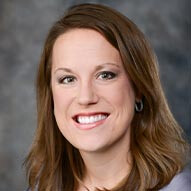 Michelle Caraballo, MDPediatric Pulmonologist and Sleep Medicine
Michelle Caraballo, MDPediatric Pulmonologist and Sleep Medicine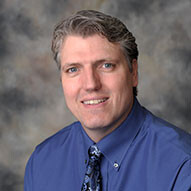 Steven Copenhaver, MDPediatric Pulmonologist
Steven Copenhaver, MDPediatric Pulmonologist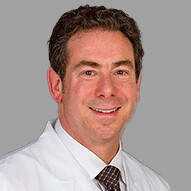 Andrew Gelfand, MDPediatric Pulmonologist
Andrew Gelfand, MDPediatric Pulmonologist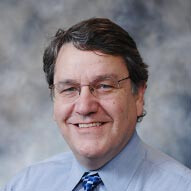 Peter Luckett, MDPediatric Pulmonologist
Peter Luckett, MDPediatric Pulmonologist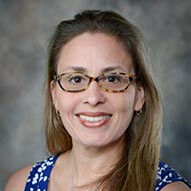 Tanya Martinez-Fernandez, MDPediatric Pulmonologist/Sleep Medicine
Tanya Martinez-Fernandez, MDPediatric Pulmonologist/Sleep Medicine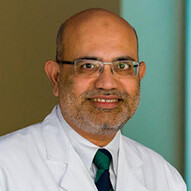 S. Kamal Naqvi, MDPediatric Pulmonologist/Sleep Medicine
S. Kamal Naqvi, MDPediatric Pulmonologist/Sleep Medicine Devika Rao, MDPediatric Pulmonologist
Devika Rao, MDPediatric Pulmonologist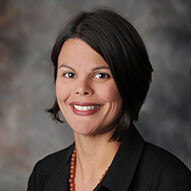 Yadira Rivera-Sanchez, MDPediatric Pulmonologist
Yadira Rivera-Sanchez, MDPediatric Pulmonologist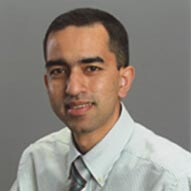 Pravin Sah, MDPediatric Pulmonologist
Pravin Sah, MDPediatric Pulmonologist Peter Schochet, MDPediatric Pulmonologist
Peter Schochet, MDPediatric Pulmonologist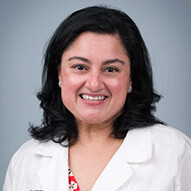 Preeti Sharma, MDPediatric Pulmonologist
Preeti Sharma, MDPediatric Pulmonologist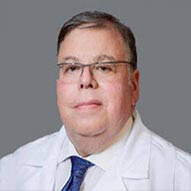 Loren Glasser, MDPediatric Pulmonologist
Loren Glasser, MDPediatric Pulmonologist Laura Ridnour, PA-CPhysician Assistant - Physical Medicine and Rehabilitation
Laura Ridnour, PA-CPhysician Assistant - Physical Medicine and Rehabilitation